THE RED HORUS
Written by Jaime Paul Lamb
Most people are familiar with Horus in his role as a protective, or tutelary deity; however, this sky god was worshipped under various epithets and by various attributions, over a relatively vast period of time. [1]
Regional characteristizations, subsumations due to conquest, as well as the cultural syncretization of existing mythological panthea all precipitated the state of flux which contributed to the malleability of the Horus archetype. For instance, during the Ptolemaic Kingdom, attributes of Horus became conflated with those of Apollo, thus affecting the god’s subsumation to a more Hellenistically-appropriate expression.
Of the various aspects and epithets that have been applied, the “Red Horus” stands out as a comparatively enigmatic and underappreciated facet of the archetype.
It is the purpose of the present article to shed some light on this particular epithet.
HORUS AND HIS WORSHIP
Horus’ worship extended from the pre-Dynastic period, through the Ptolemaic Kingdom and had only dissolved during the Roman occupation of Egypt.
The earliest records of Horus’ worship is in his protective aspect at Nekhen in Upper Egypt. During the Ptolemaic period, the city was renamed Hierakonpolis from the Ancient Greek Ἱεράκων πόλις (Hierakōn polis), meaning “Hawk City”.[3] Over a period spanning the 3rd to 1st centuries BCE, Horus’ cult center was moved and reestablished at Edfu, where his New Kingdom temple still stands today.
According to the beliefs held by all Egyptians of the period, the Pharaoh was said to represent Horus in life and Osiris in death. [4] These attributions are based on mythological narratives which dealt with the two gods.
HORUS IN MYTH
In Egyptian mythology, Horus was considered to be the son of Isis, which is made apparent in the Coptic theophoric names Seise, meaning “son of Isis”, and Harseise, meaning “Horus, son of Isis”.
Isis, after collecting the various parts of her brother-husband, Osiris, who had recently been dismembered by his jealous brother Set, was unable to find the penis. The myth tells us that the missing member was thrown into the Nile River, wherein it was swallowed by a fish or, alternately, a crab. [5]
This occurrence, in itself, is suspicious as being an astromythological allegory, as Osiris was associated with the constellation we know of as Orion today; Isis was said to represent the star Sirius; the Nile was associated with the Milky Way; the fish and the crab could allude to some ancient celestial event involving the zodiacal constellations of Pisces and Cancer, respectively.
Osiris was associated with the constellation we know of as Orion today; Isis was said to represent the star Sirius; the Nile was associated with the Milky Way.
Isis nursing Horus
According to Plutarch, Isis fashioned a phallus by means of a magical operation, thus rendering the reassembled body of her brother-husband complete, at which point, she mounted the body and conceived Horus in a theogonic union with Osiris. Bearing in mind the prevalence of alchemy in the region, particularly during the period of Plutarch’s retelling (1st century CE) of the then-ancient myth, it is tempting to interpret this sequence as an alchemical allegory, perhaps involving the acacia tree (certain species of which are known to contain the psychoactive substance, dimethyltryptamine, or DMT) in which the chest containing Osiris’ body became entwined at Byblos during an earlier sequence of the myth.
Set, who had carried out the initial murderous plot on his brother, had heard of the resurrection of Osiris and the subsequent conception of Horus. Being angered by this, he set out in search of her but she sought refuge in the marshlands of the Nile Delta and was able to evade him and safely give birth to her son. At the earliest points in the god’s youth, he was called the “Good Horus” (Neferhor, naːfiru ħaːruw), and is shown suckling from his enthroned mother Isis’ breast, in a manner similar to those in which we encounter the Christian Virgin and Child. Later, Horus, as Har-par-kraat (“Horus, the Younger”, later transliterated to the Greek Harpocrates), was often depicted as a naked youth with his finger to his mouth in the sign of silence.
Horus and Set, however, were to have a contentious relationship in the mythology of the region, much of which is documented in the first 16 pages of the Chester Beatty Papyri, colloquially known as “The Contendings of Horus and Seth”, dating from the Twentieth Dynasty. [6] Papyrus I documents the many battles between Horus and Seth over the successorship of Osiris’ throne. Set is said to be the patron of Upper Egypt and Horus of the Lower Kingdom. During the skirmishes, Horus is said to have lost and eye and Set, a testicle. Neither side being victorious, the gods of the Neteru (or, deities of the Ennead) ultimately side with Horus. Consistent association with these and other battles in myths surrounding Horus were the likely cause of his being established as the foremost martial and protective deity. The matter with Set being finally resolved, “Horus the Great” (ḥr.w wr) is established as king of both Upper and Lower Egypt, thus procuring the right to wear the double crown, red and white together, representing rulership over both Kingdoms.
HORUS AS MARS
As we had established in the foregoing, various epithets were applied to the god Horus, depending on the desired regional, archetypal, temporal or perhaps even astrological expressions, as we shall see. Of these various aspects, that of the “Red Horus” seems to be among the least understood of those representing the archetype. Could this be due to the god’s conflation with the planet Mars? In researching this possible attribution, a few leads surface.
Like Osiris, Horus was explained as typifying everything good in nature, although the solar meaning of most of the mythological facts was too manifest to be entirely overlooked. The planets Mars, Jupiter and Saturn were also considered as manifestations of Horus (“the red Horus,” “the brilliant Horus,” “Horus the bull”).
[The New International Encyclopædia, 2nd Edition, Vol. XI, New York: Dodd, Mead & Co., 1915, Entry: “Horus”, p. 496]
The aforementioned observation is corroborated by the fact that the ancient Egyptians sometimes referred to the planet Mars as “Horus of the Horizon” [7].
The name “Horus” has not only been linked to ḥr.w (pronounced: ˈħaːruw), the word for “hawk” in the phonetic rendering of Egyptian hieroglyphs, but has also been said to connote “the distant one” and “the one who is over, or above”. [8] Certainly, the latter two translations may be applied to the hawk, who may be seen to appear on the horizon and transit the sky in its flight, but might they also refer to the planets in their transits?
Perhaps the ancient Egyptians likened the planet’s transit across the ecliptic (the apparent path of the Sun and planets from the perspective of the Earth) to the flight of birds, such as the hawk. Or, conversely, the flight of the hawk was likened to the planets, which the ancients referred to as “wandering stars”. Further reinforcing the conflation of “Horus the Red” [9] and the planet Mars, in particular, we note the possible archetypal allusion to Horus’ martial expression, garnered during the many battles with Set in the aforementioned “Contendings of Horus and Seth”.
Sources
1. [Redford (ed.), The Oxford Guide: Essential Guide to Egyptian Mythology, “Horus†by Meltzer, Berkley, 2003, pp. 164–168]
2. [Wilkinson,The Complete Gods and Goddesses of Ancient Egypt, Thames & Hudson, 2003, p. 202]
3. [Strabo, XVII, p. 817]Â
4. [Redford (ed.), The Oxford Guide: Essential Guide to Egyptian Mythology, “Horus†by Meltzer, Berkley, 2003, pp. 164–168]
5. [Scholz,Eunuchs and Castrati: A Cultural History, Markus Wiener Publishers, 2003, p. 32]
6. [Beatty & Gardner, The Library of A. Chester Beatty, London: Walker, 1936, Print]
7. [Gurshtein, “The evolution of the zodiac in the context of ancient oriental history”, Vistas in Astronomy, 41 (4), 1997, pp. 507–525]
8. [Meltzer, Redford (ed.), The Ancient Gods Speak: A Guide to Egyptian Religion, New York: Oxford University Press, 2002, Entry: “Horusâ€, p. 164]Â
9. [Krupp, Echoes of the Ancient Skies: The Astronomy of Lost Civilizations, Astronomy Series, Courier Dover Publications, 2003, p. 70]
Books Mentioned in Article
Follow Us
Join
Subscribe For Updates
Let’s stay in touch. If you subscribe to our podcast we’ll let you know when new podcasts and papers are published. We promise not to over do it. No-one likes an over sharer.

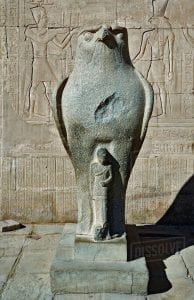
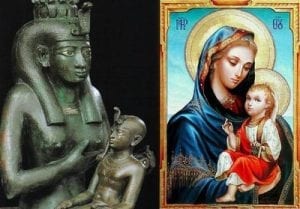
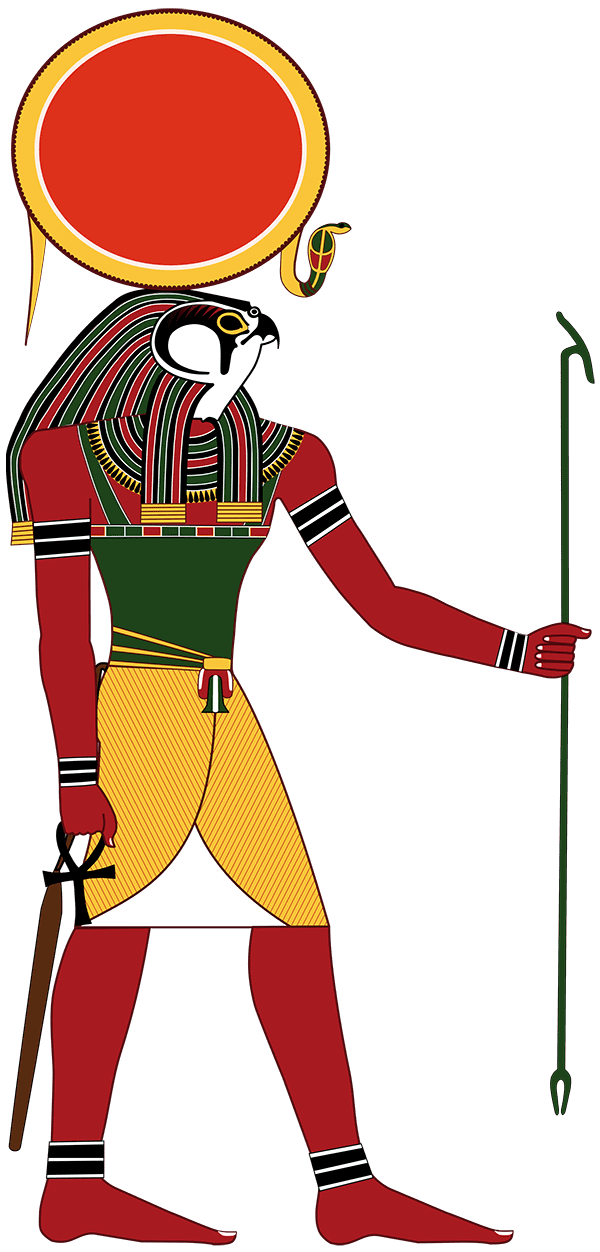
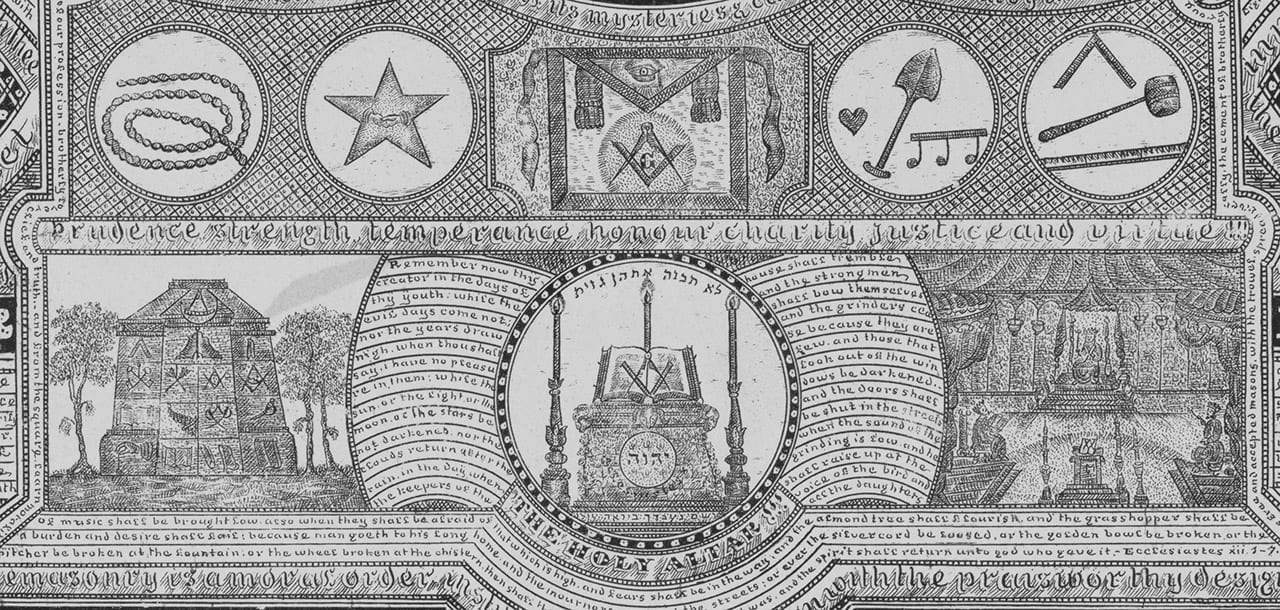

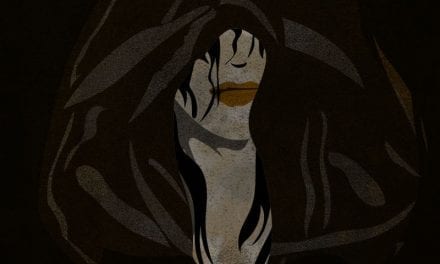


0 Comments